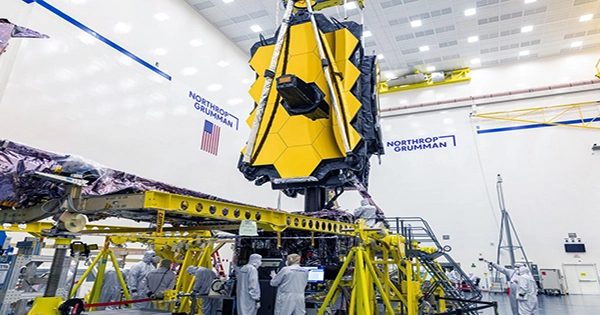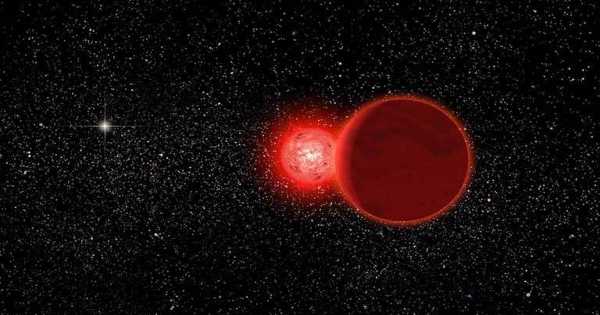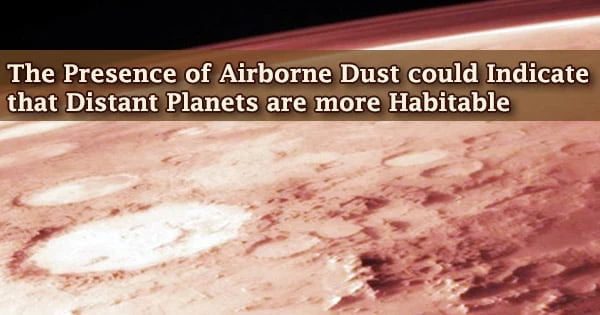Over the weekend, JWST’s main mirror was successfully unfolded, with one side deployed on January 7 and the other on January 8. The JWST, the world’s largest and most powerful telescope has finally completed all of its major deployments. The major goal now is to get to its operational orbit, which is about 1.5 million kilometers (almost one million miles) from Earth. The mirror is made up of 18 hexagonal parts made of beryllium, a strong and light metal. Each piece weighs about 20 kilograms (46 pounds), and the telescope’s overall area is six times that of Hubble’s main mirror.
The mirror is 6.5 meters (21 feet 4 inches) in length and width. Hubble would have been too heavy to launch if he had such a large mirror. A small layer of gold was also applied to the segments. The reason for this is that gold is a good reflector of infrared light, which is what the telescope will be looking at.
The telescope was named after James Webb, the controversial NASA administrator who led the American space agency from 1961 to 1968. JWST saw as Hubble’s successor, as it is 100 times more sensitive than the veteran observatory. Its power and capabilities will allow scientists to examine the cosmos like never before, from discovering exoplanets to seeing the first stars and galaxies ever seen.
In a statement, Gregory L. Robinson, Webb program director at NASA Headquarters, said, “The successful completion of all of the Webb Space Telescope’s deployments is historic.” “This is the first time a NASA-led mission has attempted to complete a difficult sequence in space to unfurl an observatory — a great feat for our team, NASA, and the rest of the world.” The team is currently using the 126 actuators on the backsides of the segments to stretch each mirror into alignment, a procedure that will take months and is part of the numerous inspections and calibrations that must completed before the science mission can begin in full this summer.
“I am extremely proud of the team that produced this first-of-its-kind feat — spanning countries and decades,” said Thomas Zurbuchen, assistant administrator for the Science Mission Directorate at NASA Headquarters in Washington. “Webb’s successful deployment epitomizes the best of what NASA has to offer: the willingness to take risks in the name of yet-to-be-discovered discoveries.” NASA, the European Space Agency (ESA), and the Canadian Space Agency collaborated on JWST.
















